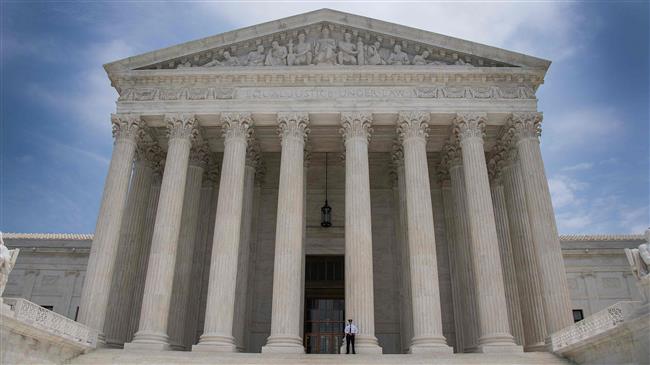The country’s highest court on Wednesday unanimously upheld a federal appeals court’s decision in favor of Iran that had prevented the plaintiffs from obtaining Persian antiquities held at the University of Chicago and Chicago’s Field Museum.
The case required the Supreme Court to determine what assets qualify for seizure under the Foreign Sovereign Immunities Act, a federal law that governs when foreign entities can be sued in US courts.
In 2006, a group of victims of a 1997 explosion at a pedestrian mall in Jerusalem al-Quds were awarded $71 million by a federal judge in Chicago.
The attack, which killed five people and injured 200, was claimed by the Palestinian Islamic resistance movement Hamas.
But the judge ruled that the money should be collected from Iran for being a “state sponsor of terrorism” and allowed the plaintiffs to search for any and all Iranian assets in the United States to pay for the judgment.
The plaintiffs, who are mainly Jewish Americans, argue that Iran must pay reparations as it supports Hamas.
However, the Chicago-based 7th US Circuit Court of Appeals later reversed the 2006 judgment, ruling in favor of Iran and the University of Chicago in 2011 and again in 2014.
Iran has been a victim of baseless claims of support for terrorism, backed mostly by Zionists in the US and Israel.
The Supreme Court ruling put an end to the long-running legal battle.
University of Chicago spokeswoman Marielle Sainvilus said the ruling “reaffirms the university’s continuing efforts to preserve and protect this cultural heritage.”
The artefact, including at least 30,000 clay tablets and fragments with some of the oldest writings in the world, are kept at Chicago’s Field Museum of Natural History and the University of Chicago’s Oriental Institute.
The artefact were loaned by Iran to the University of Chicago in 1937.

